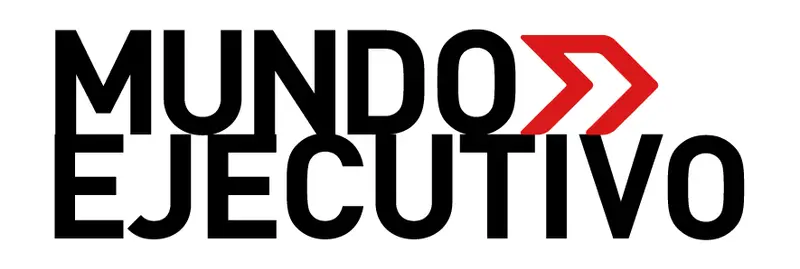Nvidia’s Dominance in AI Infrastructure
Nvidia has established a firm foothold in the artificial intelligence (AI) infrastructure sector, primarily due to its cutting-edge graphics processing units (GPUs). As the backbone of numerous AI applications, Nvidia’s GPUs have become essential for training and running large language models (LLMs) and AI inference tasks that require substantial computing power. This growth has led to Nvidia achieving an impressive year-to-date stock increase of over 170% in 2024.
CUDA: The Secret Weapon for Nvidia
One significant factor contributing to Nvidia’s success is its CUDA software platform. Originally developed to enhance gaming graphics rendering, CUDA has evolved into a versatile tool that allows developers to leverage Nvidia chips for a diverse array of applications, particularly in AI. With a staggering 90% market share in GPUs, Nvidia has cultivated a powerful moat around its business, setting the stage for continued expansion.
The Surge in AI Demand
With the rise of AI technologies, large tech companies are ramping up their investments in AI infrastructure, relying on Nvidia’s superior GPU capabilities. According to the latest financial reports, Nvidia’s revenue surged by 135% within the first nine months of its fiscal 2025, signaling robust demand for its products. This growth trajectory aligns with industry predictions, suggesting that Nvidia’s revenue is poised to increase by over 50% in the coming year as AI applications continue to advance.
Broadcom’s Custom AI Chip Strategy
Following Nvidia’s lead, Broadcom is carving out its niche in the AI market by developing application-specific integrated circuits (ASICs) tailored to clients’ exact specifications. Broadcom’s approach allows for enhanced performance and efficiency, making these custom chips appealing to tech giants looking to optimize their AI efforts. Notably, Alphabet has partnered with Broadcom to develop its tensor-processing units (TPUs) for AI capabilities within its Google TensorFlow framework.
Gaining Market Traction
In a significant move, Broadcom secured a design contract for the next generation of Alphabet’s TPUs. The company has also added more clients, including companies like Meta Platforms and ByteDance. Broadcom forecasts the addressable market for its custom chips could range from $60 billion to $90 billion by fiscal 2027, with plans to deploy 1 million chips to its clients by that time.
Analyzing Revenue Growth and Market Position
While both Nvidia and Broadcom are poised for growth, their financials paint different pictures. Nvidia boasts a forward price-to-earnings (P/E) ratio of around 30, showcasing a stronger growth outlook compared to Broadcom’s higher P/E ratio over 33. Additionally, Nvidia holds $30 billion in net cash, while Broadcom carries a net debt of $48.3 billion. This financial disparity suggests Nvidia may have more room for maneuvering in the AI space.
Looking Toward 2025
As we approach 2025, both Nvidia and Broadcom have promising futures in the AI chip industry. Nvidia’s established dominance in GPUs and rapid revenue growth underscore its potential for continued success. On the other hand, Broadcom’s innovative chip solutions signify its intent to remain competitive in this dynamic market. Each company presents unique advantages as they navigate the ever-evolving technology landscape.

